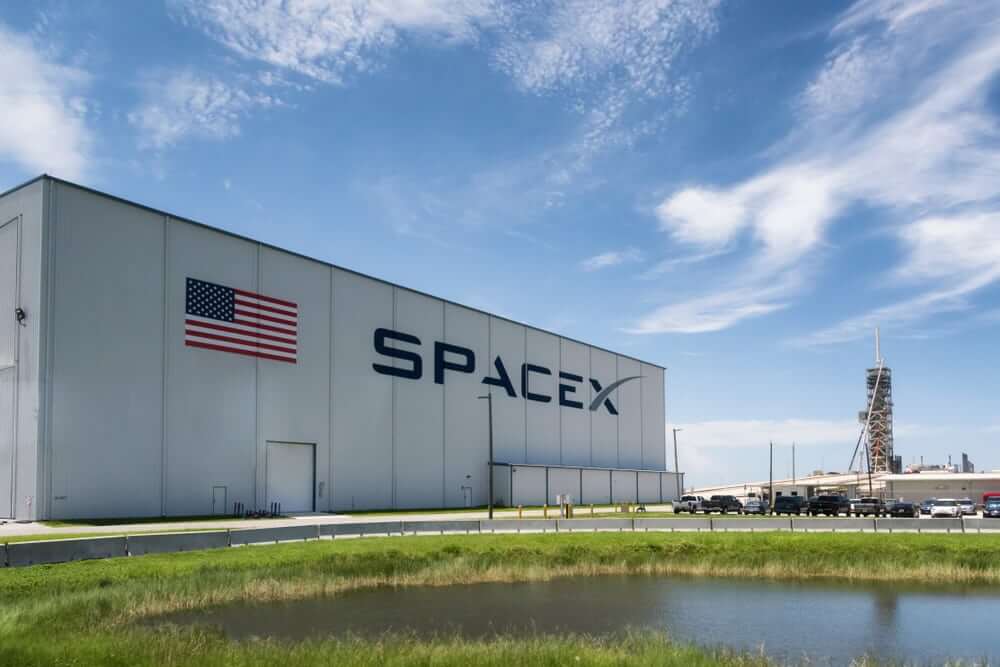SpaceX Launches with 1.9 Billion New Funding Round
It looks like Elon Musk will be launching with a pocket full of a fresh batch of cash.
SpaceX raised $1.9 billion in new funding from 75 investors. This grows the rocket maker’s equity value to $46 billion.
Earlier this month, the modern technology company completed the two-month mission carrying two NASA astronauts in its Dragon spacecraft.
This is happening under its vision of starting commercial human spaceflights for interplanetary travel by 2021. Hence, this is also a revolutionary push forward in America’s future in space exploration. This includes operational crew missions to the ISS.
The firm plans to launch another mission to International Space Station in late October.
The return of the two astronauts is another piece of history recorded with its splashdown, occurring for the first time in 45 years.
Immediately after the success, SpaceX secured a multi-billion dollar contract with the US Air Force, surpassing the Bezos-owned Blue Origin.
The Falcon Rockets will replace the Russian rocket technology previously used in the US but now banned due to geopolitical tensions.
The new rounds of funding will be useful in building the firm’s Starlink satellite constellation to offer a global commercial broadband connection by next year.
What’s New with SpaceX Starlink Satellite?
Musk once again tops technology news in the latest Starlink Satellite launch.
After suffering from delays brought along by uncooperative weather and additional technical checkouts, the Hawthrone-based firm sends another big batch of broadband-capable Starlink Satellites into space.
These are carried by Falcon 9, marking the booster’s sixth flight to space for this week. The rocket ascended to space from Cape Canaveral Air Force Station.
Although the technology will help in enhancing connectivity, this does not come without a cost.
Many astronomers and observers complain that the amount of sunlight reflected by the orbiting routers interfere with scientific observations. In the latest launch, the units have a visor equipped to counteract the brightness.
SpaceX worked with many space-related organizations to solve the problem, now that they plan to launch thousands of satellites into low-Earth orbit in the coming years.
Thus, the VisorSat-equipped satellites will be less reflective than the previous versions that were produced. They design them specifically to be less visible from telescopes on the Earth’s surface.
Although the first batch using the new technology had a launch just earlier this month and is yet to reach orbit, this did not impede the firm from starting the second batch of satellites.
Recently, the aerospace manufacturer also perfected its method for catching their equipment falling from space. SpaceX caught half of the nose cone that once protected its 58 satellites using a ship with a net.

